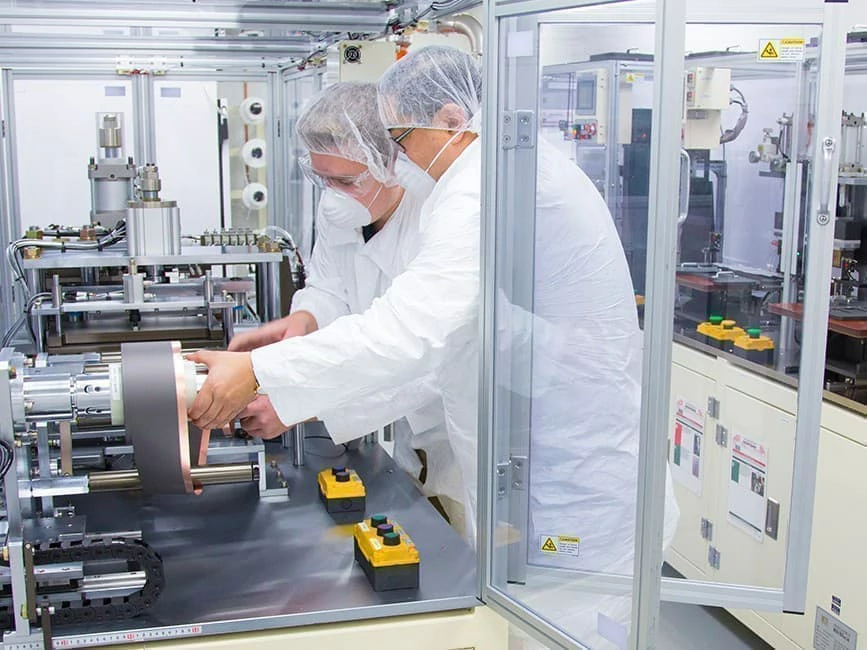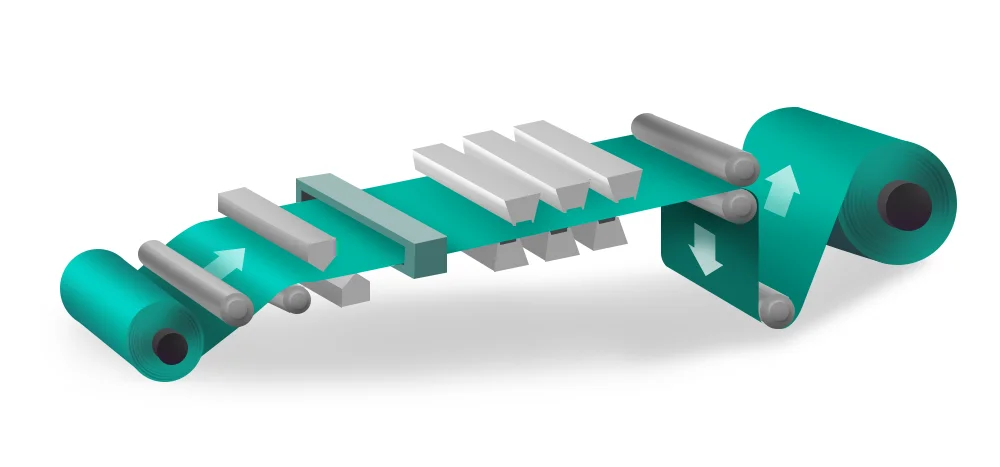Lithium-ion battery electrode sheet baking process main content Baking is one of the core processes in the manufacturing of lithium-ion batteries. Its core task is to remove moisture and organic solvents (such as NMP or deionized water) from the coated positive and negative electrode sheets. Residual solvents not only damage the microstructure of the electrodes, but also lead to increased…



